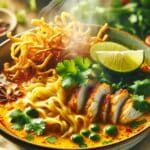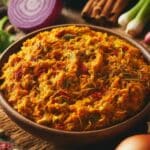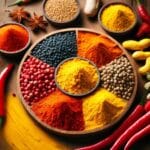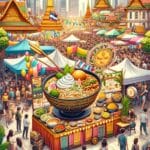Khao Soi Gai’s Impact on Local Agriculture
Table of Contents
ToggleKey Takeaways
| Point | Description |
|---|---|
| 1. Supports Local Farmers | Khao Soi Gai’s popularity has driven demand for ingredients from small-scale farmers in Northern Thailand. |
| 2. Sustainable Practices | The dish’s reliance on regionally sourced ingredients encourages sustainable and environmentally friendly farming methods. |
| 3. Economic Boost | Increased tourism and culinary interest have boosted local agricultural communities economically. |
| 4. Traditional Techniques | Traditional farming and food preparation techniques have been preserved due to Khao Soi Gai’s cultural significance. |
| 5. Ingredient Diversity | The dish incorporates a wide variety of locally-grown ingredients, supporting agricultural diversity in the region. |
Khao Soi Gai: A Celebration of Northern Thailand's Agricultural Heritage
Khao Soi Gai, the iconic curry noodle dish from Northern Thailand, is more than just a culinary delight.
It’s a testament to the region’s rich agricultural heritage and a driving force behind sustainable farming practices.
This beloved dish has profoundly impacted local agriculture, supporting small-scale farmers and promoting using regionally sourced ingredients.
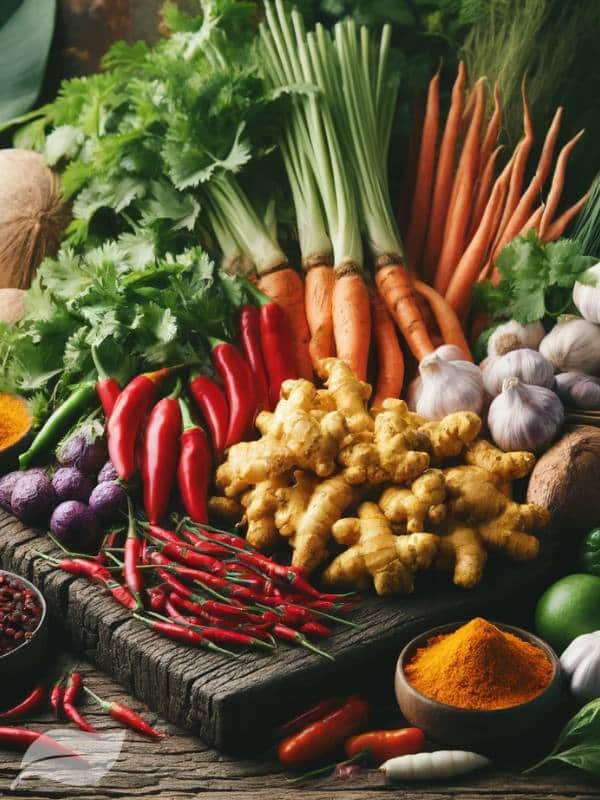
The Demand for Authentic Ingredients
The demand for authentic, locally sourced ingredients is at the heart of Khao Soi Gai’s success.
The dish’s distinct flavors and textures are a result of the careful selection and combination of regional produce, such as:
- Fresh Chicken – Free-range chickens raised by small-scale farmers in Northern Thailand lend an unparalleled depth of flavor to the broth.
- Coconut Milk – Sourced from local coconut groves, the creamy coconut milk adds richness and complexity to the dish.
- Curry Paste – The signature curry base is created by blending fresh herbs and spices, including turmeric, cumin, coriander, and chili peppers.
- Noodles – Traditionally made from rice or egg noodles, these are often sourced from local artisans or small family-run businesses.
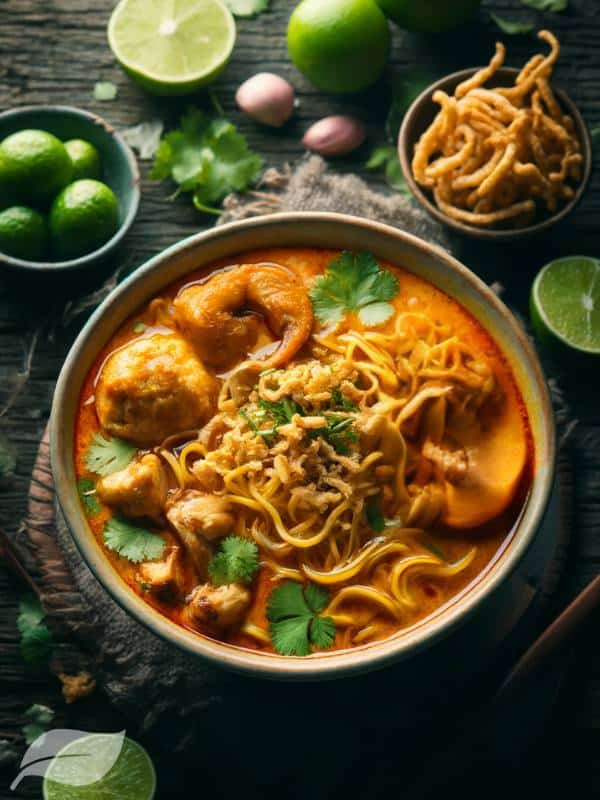
Supporting Sustainable Farming Practices
The popularity of Khao Soi Gai has boosted the local economy and encouraged sustainable and environmentally friendly farming practices.
Farmers have adopted techniques that prioritize soil health, water conservation, and biodiversity preservation as the demand for authentic ingredients grows.
Many small-scale farmers in Northern Thailand have embraced organic and biodynamic farming methods, reducing their reliance on synthetic fertilizers and pesticides.
This approach ensures the quality of the ingredients and contributes to the long-term sustainability of the region’s agricultural ecosystems.
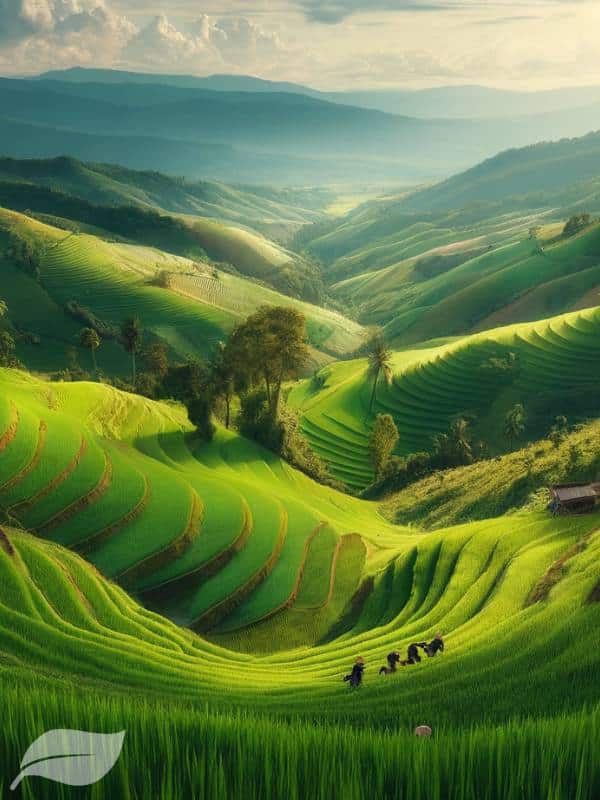
Preserving Traditional Techniques
Khao Soi Gai’s cultural significance extends beyond its ingredients to the traditional farming and food preparation techniques preserved for generations.
Many farmers in Northern Thailand still employ age-old practices, such as:
- Rotational Cropping – Farmers rotate crops to maintain soil fertility and prevent the depletion of nutrients.
- Heirloom Seeds – Locally adapted, open-pollinated seeds are passed down through generations, ensuring the preservation of unique varieties.
- Traditional Irrigation Systems – Centuries-old irrigation systems, such as the iconic Muang Fai system, continue to be used for sustainable water management.
These time-honored techniques not only contribute to the authentic flavor of Khao Soi Gai.
But also play a crucial role in preserving the region’s agricultural heritage.
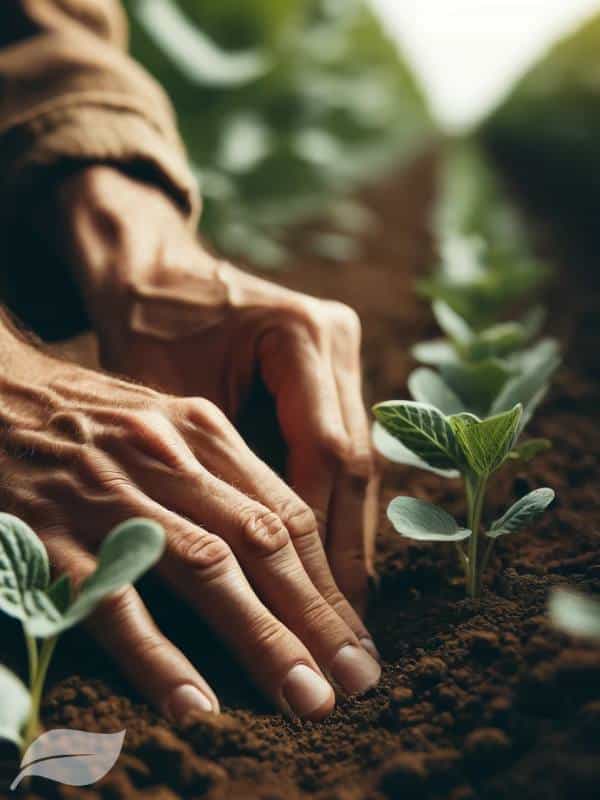
A Culinary Ambassador for Northern Thailand
Beyond its impact on local agriculture. Khao Soi Gai has become a culinary ambassador for Northern Thailand.
Attracting tourists and food enthusiasts from around the world.
This increased interest has translated into economic opportunities for local communities, further incentivizing sustainable and responsible farming practices.
Agrotourism initiatives have flourished as more people seek authentic Khao Soi Gai experiences.
This allows visitors to connect with local farmers, learn about traditional techniques, and appreciate the intricate process behind this beloved dish.
“Khao Soi Gai is more than just a dish; it’s a celebration of our region’s agricultural heritage and a testament to the hard work and ingenuity of our local farmers.” – Somchai, a Northern Thai farmer
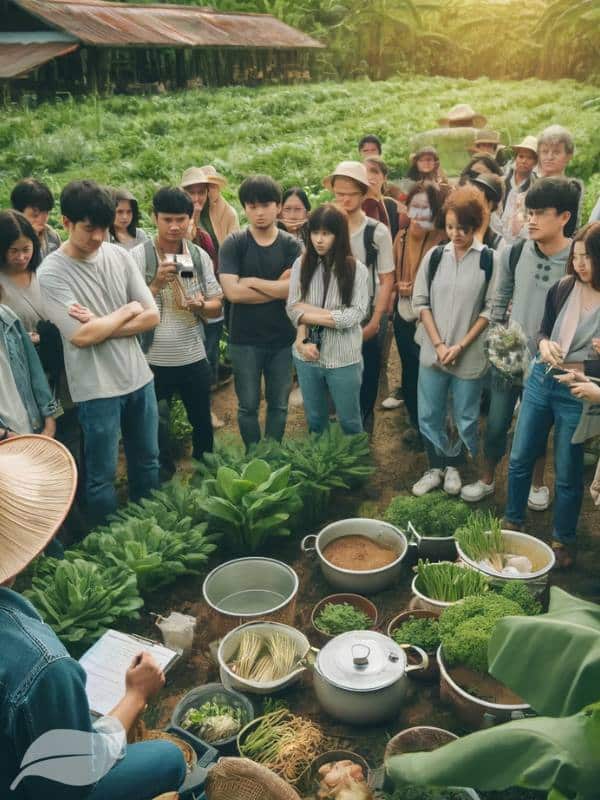
The Future of Khao Soi Gai and Local Agriculture
As Khao Soi Gai continues to captivate palates worldwide, its impact on local agriculture will grow stronger.
Initiatives to promote sustainable farming, preserve traditional techniques, and support small-scale farmers will remain crucial in ensuring the dish’s authenticity.
And the longevity of Northern Thailand’s rich agricultural traditions.
Through responsible culinary tourism, educational programs, and continued appreciation for this iconic dish.
Khao Soi Gai will delight taste buds and be a powerful catalyst for preserving and celebrating Northern Thailand’s agricultural heritage.
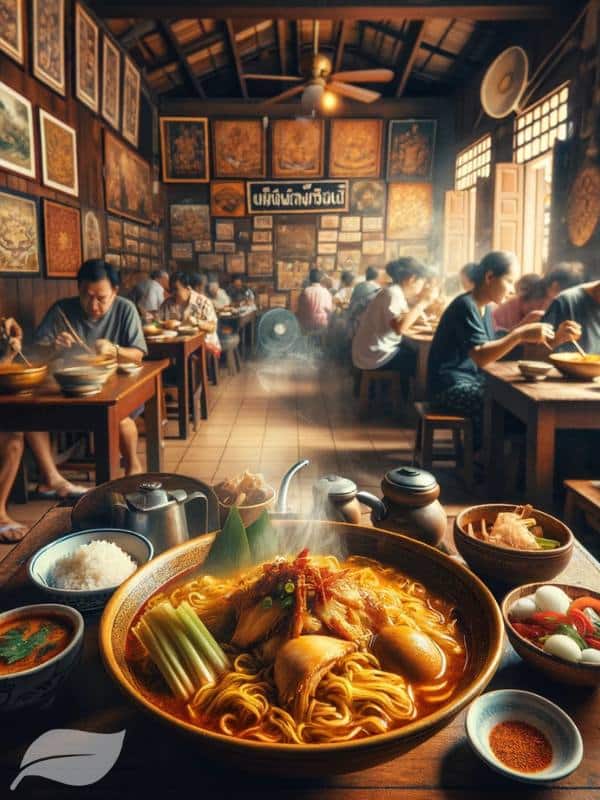
Looking Ahead
As Thailand’s culinary scene evolves, Khao Soi Gai remains a beloved staple deeply rooted in the region’s agricultural traditions.
While comparisons to neighboring countries’ dishes are inevitable, Khao Soi Gai’s unique flavors and cultural significance set it apart.
Internationally, Khao Soi Gai has gained recognition, with chefs and restaurants incorporating it into Western menus, further solidifying its status as a culinary icon of Thai identity.
As with any beloved dish, there are common misconceptions surrounding Khao Soi Gai, but its impact on local agriculture and its role in preserving Northern Thailand’s agricultural heritage remains undeniable.

